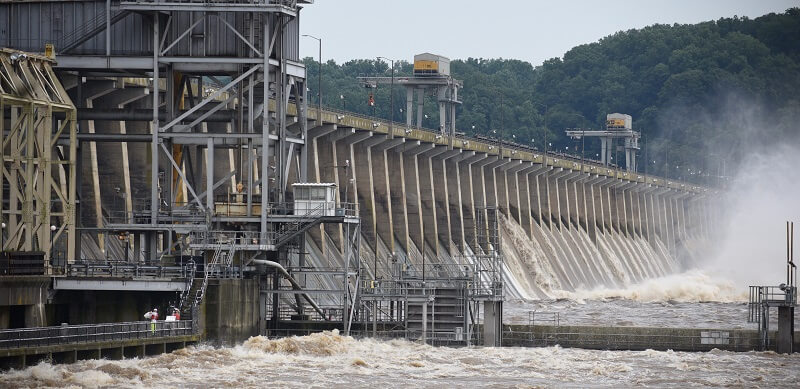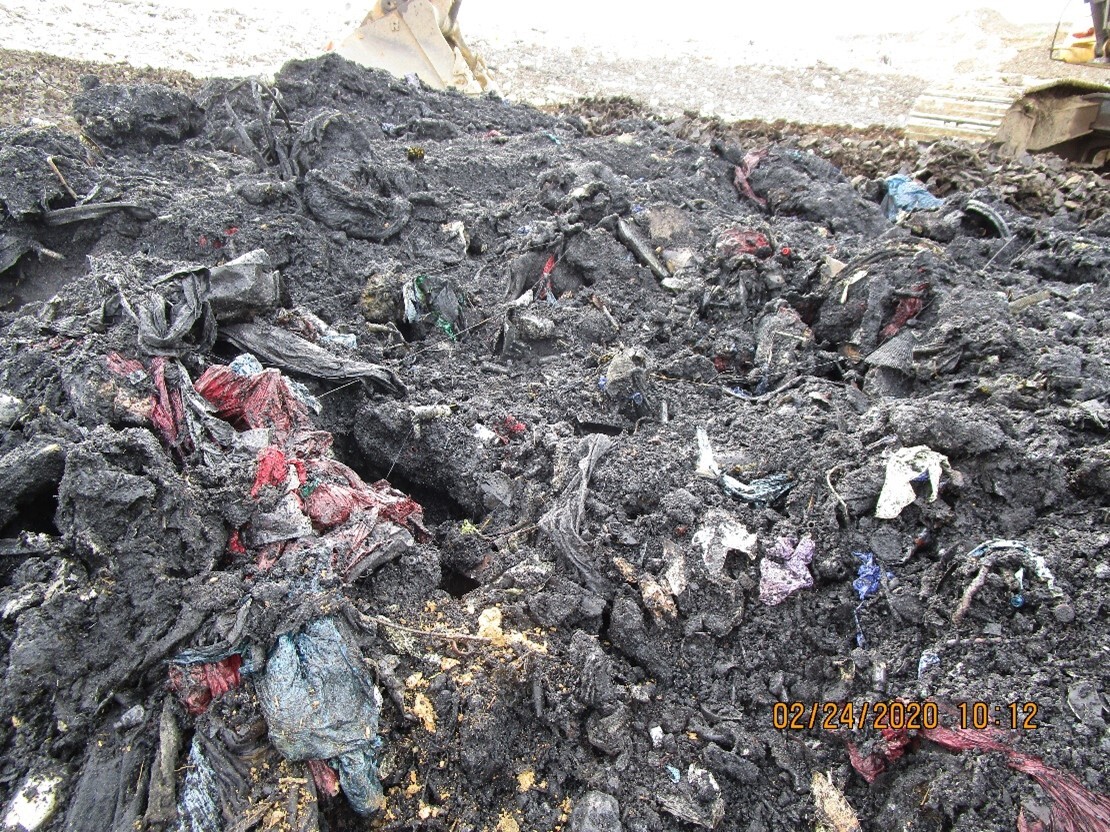Opinion: Legislature Must Act to Save the Bay in Light of Conowingo Dam Decision

Recently, the Federal Energy Regulatory Commission granted a 50-year license to Exelon Corp. for Maryland’s Conowingo Dam with no additional protections. At first glance this action may seem benign. FERC grants licenses to power companies, like Exelon, all the time.
But this particular license will have damaging environmental, health and economic consequences for residents of the entire Chesapeake Bay region for generations to come.
Exelon has a history of side-stepping environmental regulations. In January 2020, the Maryland Department of the Environment issued a Water Quality Certification to reduce pollution in the Susquehanna River. Instead of adhering to the certification and cleaning up the river, Exelon filed four legal challenges, which resulted in a settlement agreement with MDE.
The settlement agreement holds Exelon responsible for paying less than 1% of the originally required cleanup. It requires Exelon to pay $1.2 million per year versus the $172 million a year in cleanup costs that would have been required under the Water Quality Certification. This represents a forfeiture of more than $8.5 billion over the life of the license.
Even more alarming: This settlement agreement includes a waiver of key clean water rights for the next 50 years, and essentially leaves the state and the public with no opportunity to put any new obligations on Exelon until the year 2070.
The Chesapeake Bay Program, a regional partnership of agencies and organizations, was already in the process of creating a plan, the Conowingo Watershed Implementation Plan, to prevent the Conowingo Dam from reaching 100% sediment storage capacity.
The U.S. Environmental Protection Agency recently reviewed the draft implementation plan and reported: “There is currently little confidence that the CWIP will be fully implemented to meet the necessary nitrogen reductions without dedicated funding mechanisms in place and the commitment from the public sector to provide an initial CWIP implementation.”
A dedicated funding source of roughly $72 million to $172 million per year is needed to actually achieve the goals the implementation plan requires, which is what was called for under the now-obsolete Water Quality Certification.
Indeed, the Chesapeake Bay faces a number of costly environmental challenges, such as habitat destruction, sea level rise, species population decline, and air and water pollution. The Bay was given a D+ grade in this past year’s State of the Bay report. The recent relicensing stands to make that grade become worse.
In order to protect the health of the Bay, the Maryland General Assembly must explore legislative policy solutions in the 2022 session, including, but not limited, to how to pay for the cleanup. Otherwise, since Exelon will not be paying for the pollution they caused, people in Maryland from farmers on the Eastern Shore to residents of Baltimore City, will continue to pay for Exelon’s pollution load for generations to come.
We also need policy solutions to put new obligations on Exelon — and hold them accountable — before the year 2070.

Morgan A. Johnson. waterkeeperschesapeake.org photo.
For instance, since its construction in the 1920s, the Conowingo Dam has disrupted the natural environment on the lower Susquehanna River, which leads into the Chesapeake Bay. The dam physically blocks migratory fish species, notably the American shad, from swimming upriver to spawn.
MDE found that “millions of Shad and Herring should be passing upstream in the River every year” as well as “millions of eel” but that in 2017 “only 15,000 Shad and 65 Herring passed the Dam” and only “thousands” of eel.
In 2020, only 480 shad passed through the Conowingo Dam.
MDE also found that by preventing eel from passing upstream, the dam has caused freshwater mussels to “decline dramatically.” Instead of numbering in the “tens of millions,” the freshwater mussel population both above and below the dam now “is considered unviable.”
Under the new license, we have no power to address this huge problem.
To start developing these critical legislative policy solutions, environmental advocates are calling for a briefing with the Maryland Senate Education, Health & Environmental Affairs Committee and the House Environment and Transportation Committee. This meeting of the minds would cultivate much-needed expertise on these issues and bring to light the impacts of MDE and FERC decisions related to the Conowingo relicensing.
The health of the Chesapeake Bay impacts so much for residents of the Bay states — the air we breathe, water we drink and food we eat.
Without legislative solutions to address how we are going to pay for the pollution Exelon creates and hold them accountable, the entire future of the Bay is in jeopardy.
–MORGAN A. JOHNSON
The writer is the staff attorney for Waterkeepers Chesapeake.





 Creative Commons Attribution
Creative Commons Attribution